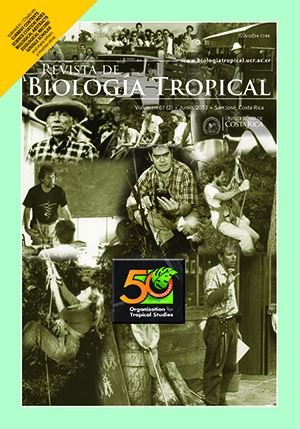Abstract
Heraclides androgeus epidaurus was described and illustrated by Godman & Salvin in 1890 based on specimens obtained in Veracruz, indicating that their distribution encompassed both the Pacific and Atlantic sides of Mexico. Later authors commented that there were morphological differences between the male wings from both populations. We analyzed, described and nominated Heraclides androgeus reyesorum ssp. nov. Vargas, Llorente & Luis distributed in the Mexican Pacific coast, based on 62 specimens, and compared it with H. a. epidaurus from the Gulf of Mexico, based on more than 200 specimens housed at UNAM: Museo de Zoología, Facultad de Ciencias and the Colección Nacional de Insectos of the Instituto de Biología, as well as some collections from the USA. The main characters were the width of the yellow and black bands on forewings in males, which had a significant difference between the populations of both sides of Mexico, although some characters were variable and showed partial overlap. In the hindwings, the differences were the extent of the subterminal lunules in dorsal and ventral view. We also analyzed the male genitalia, finding notorious differences in both sclerotic processes of the harpe. Subspecific differences between females refer to the brightness and extent of green spots on the hindwings and the extent of lunules in the ventral view. The greatest abundance of H. a. reyesorum ssp. nov. was in the tropical deciduous forest, with gallery forest and in the lower range of the cloud forest, present at altitudes of 500-800m and 1 000-1 750m, respectively. We discussed the pattern of endemism due to historical vicariant processes and explain the presence of the new subspecies of H. androgeus and other taxa of specific level.Comments
Downloads
Download data is not yet available.






